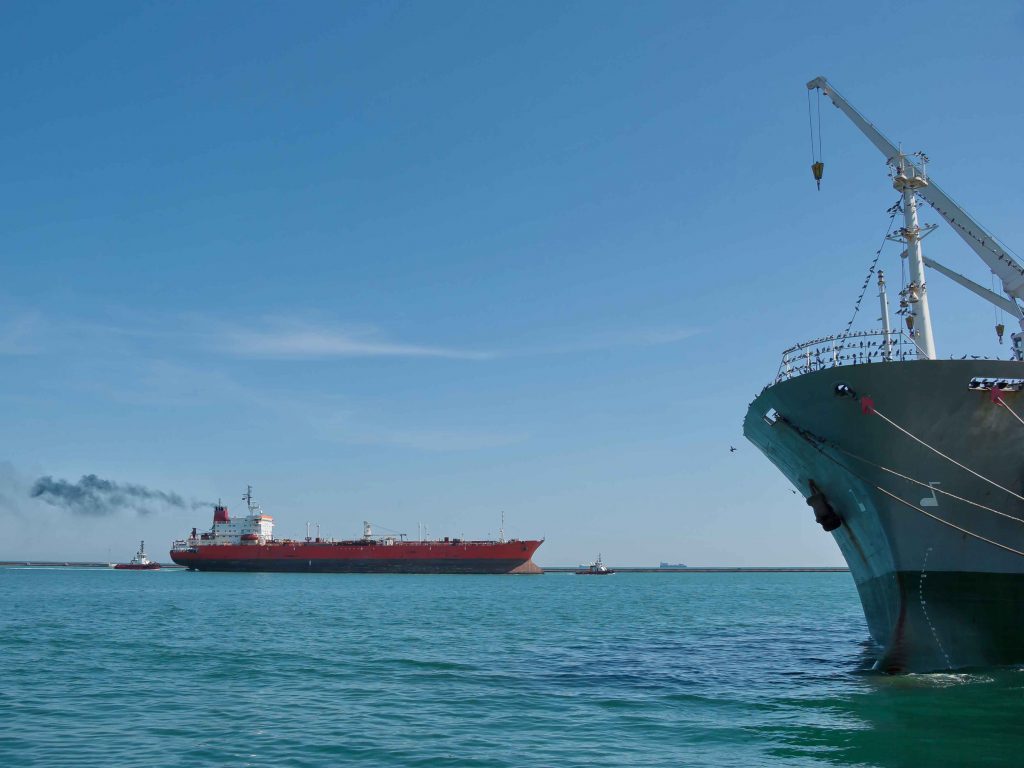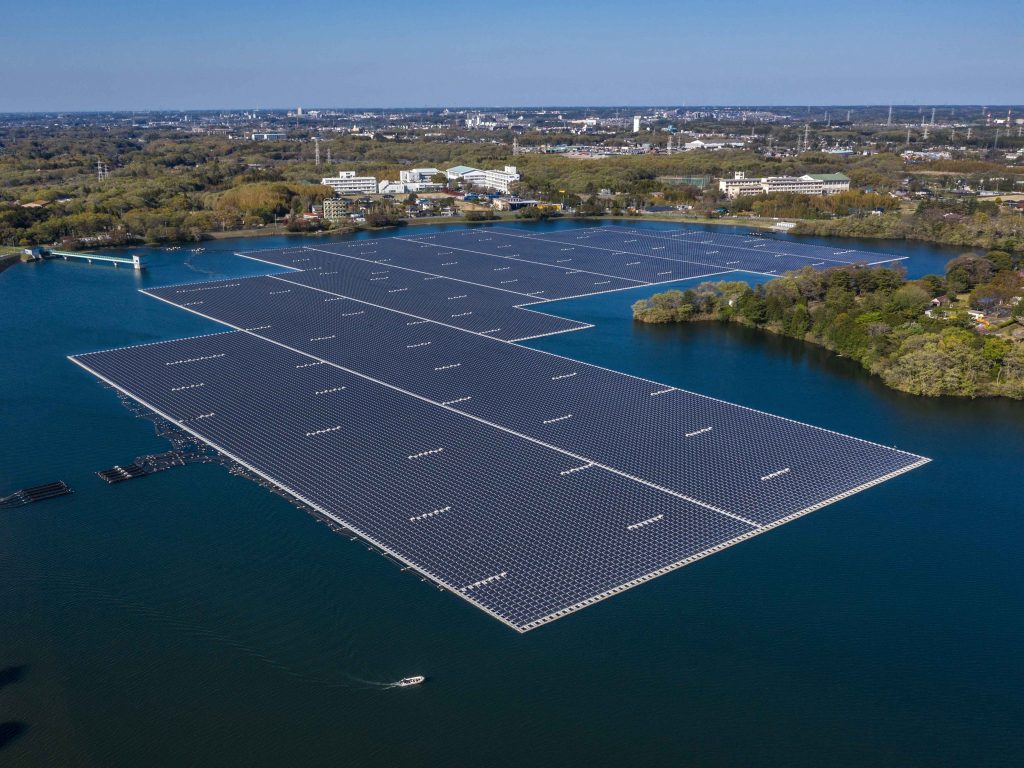Up and running
Peter Bond explores future ‘new energy’ solutions for today’s economy
Peter Bond explores future 'new energy' solutions for today's economy
The global economy is a moving feast with the crisis events of a few years ago testing even the most robust of companies. Cast your mind back to the industrial revolution and consider coal – a fossil fuel. Since that time coal has been one of the foundations of growing economies. In today’s uncertain economic times, Australian energy company Linc Energy has now diversified its approach to delivering achievable energy solutions wherever there is coal, oil and gas around the globe.
Coal, oil and gas are critical sources of energy to harness in order to fuel economies. The task in today’s economy is how to balance these traditional resources with the advent of our now carbon conscious era. In the past 12 months Linc Energy has moved into new territory and has established an oil and gas division to focus on the acquisition of oil assets in the US. Oil projects in North America place the company in a unique position. They allow us a clear path to immediate revenue creation where current oil production exists and provide us with a platform to increase oil production rates from near-depleted oil wells by applying Enhanced Oil Recovery (EOR) technology.
The company is doing all of this on top of a strong foundation of coal resources. If you think about what is at the core of Linc Energy and what drives the business strategy, it is that it is a company focussed on creating value from existing fossil fuels by transforming them for tomorrow’s energy needs, and with today’s environmental consciousness in mind.
The entrance into oil and gas
Linc Energy sees acquiring global oil and gas assets as a vital component of a value-creating business strategy. The company has plans to acquire enough oil producing assets to meet 100,000 barrels of oil production per day. With this oil and gas acquisition strategy and the traditional oil production activities these acquisitions bring, we will also look to apply EOR methods to sweep stranded oil from existing oil reservoirs. This will allow us to increase the amount of recoverable oil from a conventional oil field by 10 to 20 per cent to generate considerably higher cash flows for all of our energy projects.
Over the past few months Linc Energy has been aggressively expanding its presence into North America by purchasing a number of oil and gas assets. We recently announced the acquisition of a controlling interest in over 19,000 acres of oil tenure located in Alaska’s National Petroleum Reserve. Known as the ‘Umiat’ oil field, it is currently projected to have in excess of 50,000 barrels of oil per day at peak production, providing us with the potential to access about one billion barrels of Alaskan (API 37) light sweet crude.
An acquisition of this size is totally unprecedented in Linc Energy’s history and gets the company significantly closer to reaching our long term goal of one billion barrels of oil reserves, meaning an oil production rate of more than 100,000 barrels per day. This acquisition has definitely given us significant exposure in the North American region, and our entrance into the region has even been recognised by the Alaskan Governor Sean Parnell.
The energy potential in this area is simply staggering and virtually impossible to replicate in any other part of the world. The Umiat oil field will now become Linc Energy’s Alaskan operational base from which to increase oil and natural gas exploration and development activities in the foothills of the North Slope region.
Earlier this year Linc Energy also purchased oil fields in the heart of America’s energy hub – the Powder River Basin in the state of Wyoming. Here we acquired three oil fields currently producing about 190 barrels of oil per day. The key upside to this purchase is the application of EOR for even higher oil production rates.
In our home country of Australia, Linc Energy is exploring for traditional oil and gas opportunities in the state of South Australia. In the Arckaringa Basin we are progressing a program of 10 oil exploration wells, as well as a significant 2D seismic program. It is programs such as these that showcase our entrepreneurial spirit and drive to create new energy regions.
How EOR fits with UCG
In terms of coal assets and proven clean coal technology, Linc Energy has already proven it is the leader in Underground Coal Gasification (UCG) for the production of clean power and clean fuel. We have a strong portfolio of traditional and UCG-suitable coal assets in both the United States and Australia, and have established the world’s only UCG and Gas to Liquids (GTL) facility in Queensland, Australia to produce clean gas for cleaner energy solutions. Earlier this year, and to prove our case, we drove across Australia on synthetic diesel produced from our technologies.
As the world’s leading UCG player, Linc Energy has taken a century old technology and advanced it for today’s energy climate. UCG converts low value coal, where it lies in the coal seam, into a clean gas for cleaner power and fuel. It is Linc Energy’s ability to unlock this coal to create valuable energy products that differentiates us from other traditional energy companies. What is more exciting is that we produce energy solutions that, when used, carry lower greenhouse gas emissions compared with traditional power and fuel.
In Australia we have been operating UCG gasifiers at our demonstration facility in Queensland since 1999. Our fifth UCG gasifier is currently under construction and this will then operate in tandem with the gasifier that has been operating for the past 18 months. A few years ago we constructed the GTL Fischer-Tropsch process facility which takes produced UCG synthesis gas and transforms it into synthetic crude to be refined into very valuable diesel and jet fuel. Linc Energy also owns the world’s only commercial UCG operation, Yerostigaz, located in » Uzbekistan, which has now produced commercial UCG synthesis gas for power generation for 50 years.
You might wonder then what using deep, low value coal has to do with oil assets and EOR technology to produce greater rates of oil production? In basic terms, the primary waste product from UCG is carbon dioxide, which is ideal when used in the EOR process to sweep stranded, remaining oil from near depleted oil wells. With the company’s accelerated presence in the United States and leading capabilities in UCG, it makes perfect sense for us to use waste carbon dioxide from UCG for EOR.
In a commercial sense, using carbon dioxide from the UCG process ensures that nothing is wasted. Just as UCG unlocks the energy trapped in deep coal, too deep to mine, carbon dioxide can be inserted into depleting oil reservoirs to harvest the remaining oil. The EOR process can draw an additional 10 to 20 percent of the original amount of oil already taken from a well.
From an environmental point of view EOR is a form of carbon capture and storage. By their very nature, oil fields trap fluids, like oil, in the subsurface. The oil migrates from the source to a place where it can no longer move. This is known as a geologic trap. It is this same ‘trapping’ tendency that makes old oil wells the perfect place to inject carbon dioxide – quite simply, when it is put there, it stays there.
As a diversified energy company, Linc Energy is certainly doing its part to be as productive and environmentally conscious as possible. Any carbon dioxide that we can sequester to generate more energy to help supply traditional global needs is a positive step.
Showcasing UCG to GTL made diesel
For countries with little oil and a lot of coal, UCG offers a world of ‘energy’ opportunity. Earlier this year I personally drove across Australia, from our UCG to GTL demonstration facility in Chinchilla in Queensland, all the way to Perth in Western Australia – a distance of over 6,000 kilometres. This world-first achievement grabbed the attention of local, state and federal politicians in Australia, not to mention global print, broadcast and electronic media outlets and the wider public. It not only gave Linc Energy great exposure as a company extending its thinking and processes for new energy solutions, it provided a greater awareness of the benefits of combined UCG and GTL technologies and the opportunities they present.
Governments around the world need to recognise that combined UCG and GTL technologies can and will make a difference to economies and communities by providing cheaper, cleaner alternative energy solutions, while also creating energy security within domestic borders. Our approach to diesel fuel production unlocks stranded coal resources, transforming them into valuable and much-needed products that can make countries energy self-sufficient.
A lot of blood, sweat and tears have gone into making Linc Energy the entrepreneurial and highly driven company that it is today. We have clawed our way through a global financial crisis, and today we extend across four continents. We now have new business divisions and skills in oil and gas, yet continue to harness energy from deep underground coal for new forms of energy. The Linc Energy journey is only just beginning, and I for one can’t wait to see where it takes us in the next 10 years.
Peter Bond is chief executive officer at Linc Energy
www.lincenergy.com
Invest using the codes ASX:LNC or OTCQX: LNCGY.













